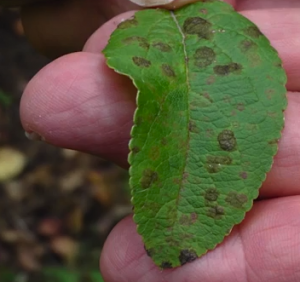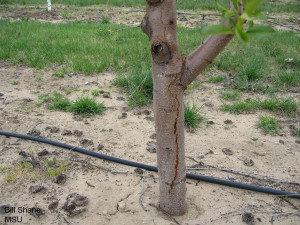It’s time to consider sanitation practices that can help reduce over wintering scab inoculum. These practices should be considered an essential part of apple IPM programs.

Apple Scab Control with Urea.
Video link: http://youtu.be/8g0WyVi68GM
For a refresher we’ve linked a short video explaining this approach.

